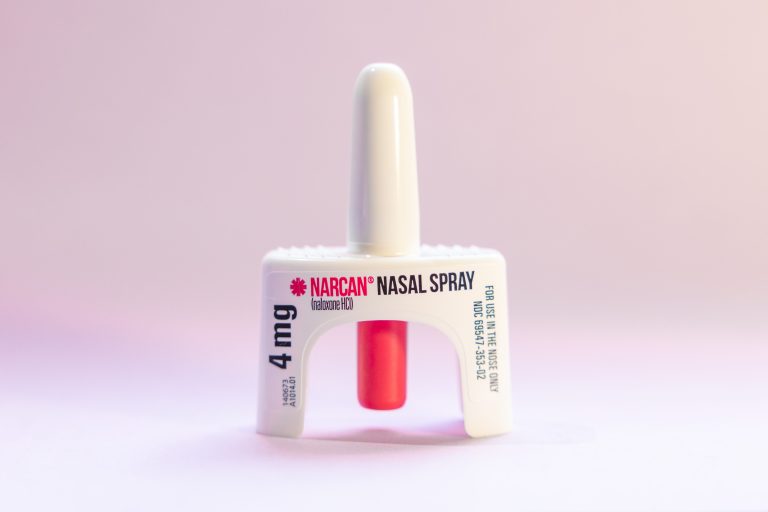According to local news station WCCO, the proposed Minnesota legislation “would require each school building to keep two doses of the nasal spray version” of Narcan, with the station noting that the “policy and funding to support it are tucked inside two House and Senate spending packages subject to end-of-session budget negotiations.”
“We simply cannot tolerate more needless loss of life. We have to act with urgency and we have to act now,” said Democratic state Sen. Kelly Morrison, as quoted by WCCO. “We are thrilled that finally our bill is close to making it all the way to becoming law in Minnesota.”
The station reported that Morrison was joined at a Thursday news conference in St. Paul by other advocates and Minnesota Congressman Dean Phillips, a Democrat, who touted “a new bill he’s co-authored in Congress designed to incentivize states to make similar moves as Minnesota.”
“At the federal level, not every state is doing that, so this is complementary more than anything else,” Phillips said, as quoted by WCCO. “It… just simply allows schools to apply for dollars that currently exist. And it’s actually quite easy and easily accessible, but right now they are precluded from doing so.”
The last decade has seen an alarming spike in deadly overdoses in the United States from opioids such as fentanyl.
A report this week from the U.S. Centers for Disease Control and Prevention found that deadly overdoses from fentanyl nearly quadrupled between 2016 and 2021, going from 18,499 deaths and a rate of 5.7 to 69,943 deaths at a rate of 21.6.
The CDC’s report also found a rise in other drug-related overdoses:
“The age-adjusted rate of drug overdose deaths involving fentanyl more than tripled over the study period, from 5.7 per 100,000 standard population in 2016 to 21.6 in 2021, with a 55.0% increase from 2019 (11.2) to 2020 (17.4), and a 24.1% increase from 2020 to 2021 (21.6). The rate of drug overdose deaths involving methamphetamine more than quadrupled, from 2.1 in 2016 to 9.6 in 2021,” the report said. The rate of drug overdose deaths involving cocaine more than doubled, from 3.5 in 2016 to 7.9 per 100,000 in 2021. The rate of drug overdose deaths involving heroin decreased by 40.8%, from 4.9 in 2016 to 2.9 in 2021, although this decrease was not statistically significant. The rate of drug overdose deaths involving oxycodone decreased 21.0%, from 1.9 in 2016 to 1.5 in 2021.”
The CDC said that, between 2016 and 2021, “age-adjusted drug overdose death rates involving fentanyl, methamphetamine, and cocaine increased, while drug overdose death rates involving oxycodone decreased.”
“In 2021, the age-adjusted death rates for males were higher than the rates for females for all drugs analyzed. Among those aged 25–64, the highest rate of drug overdose deaths involved fentanyl; although a similar pattern was observed among those aged 0–24 years and 65 and over, no significant differences were observed between the rates. Fentanyl was also the most frequent opioid or stimulant drug involved in drug overdose deaths for the race and Hispanic-origin groups analyzed,” the CDC reported.
Those troubling statistics have prompted policymakers to take action. In 2021, New York City opened the first overdose prevention center in the country. The facilities are defined as “safe places where people who use drugs can receive medical care and be connected to treatment and social services.”
“New York City has led the nation’s battle against COVID-19, and the fight to keep our community safe doesn’t stop there. After exhaustive study, we know the right path forward to protect the most vulnerable people in our city. And we will not hesitate to take it,” then-New York City Mayor Bill de Blasio said in the announcement at the time. “Overdose Prevention Centers are a safe and effective way to address the opioid crisis. I’m proud to show cities in this country that after decades of failure, a smarter approach is possible.”
